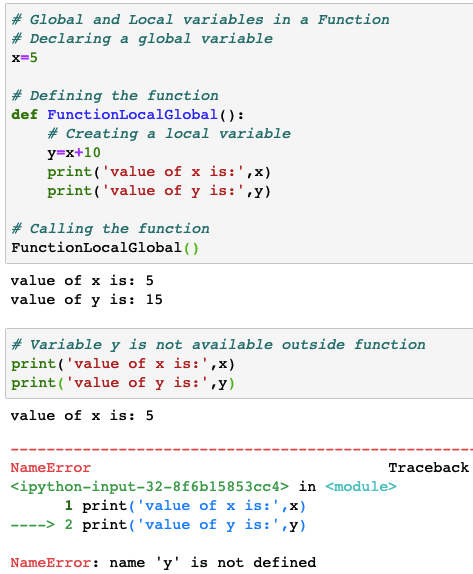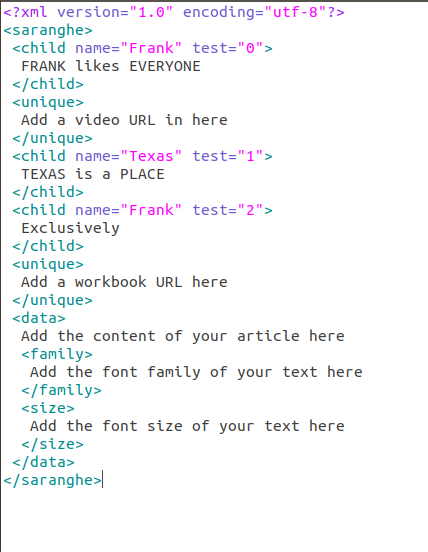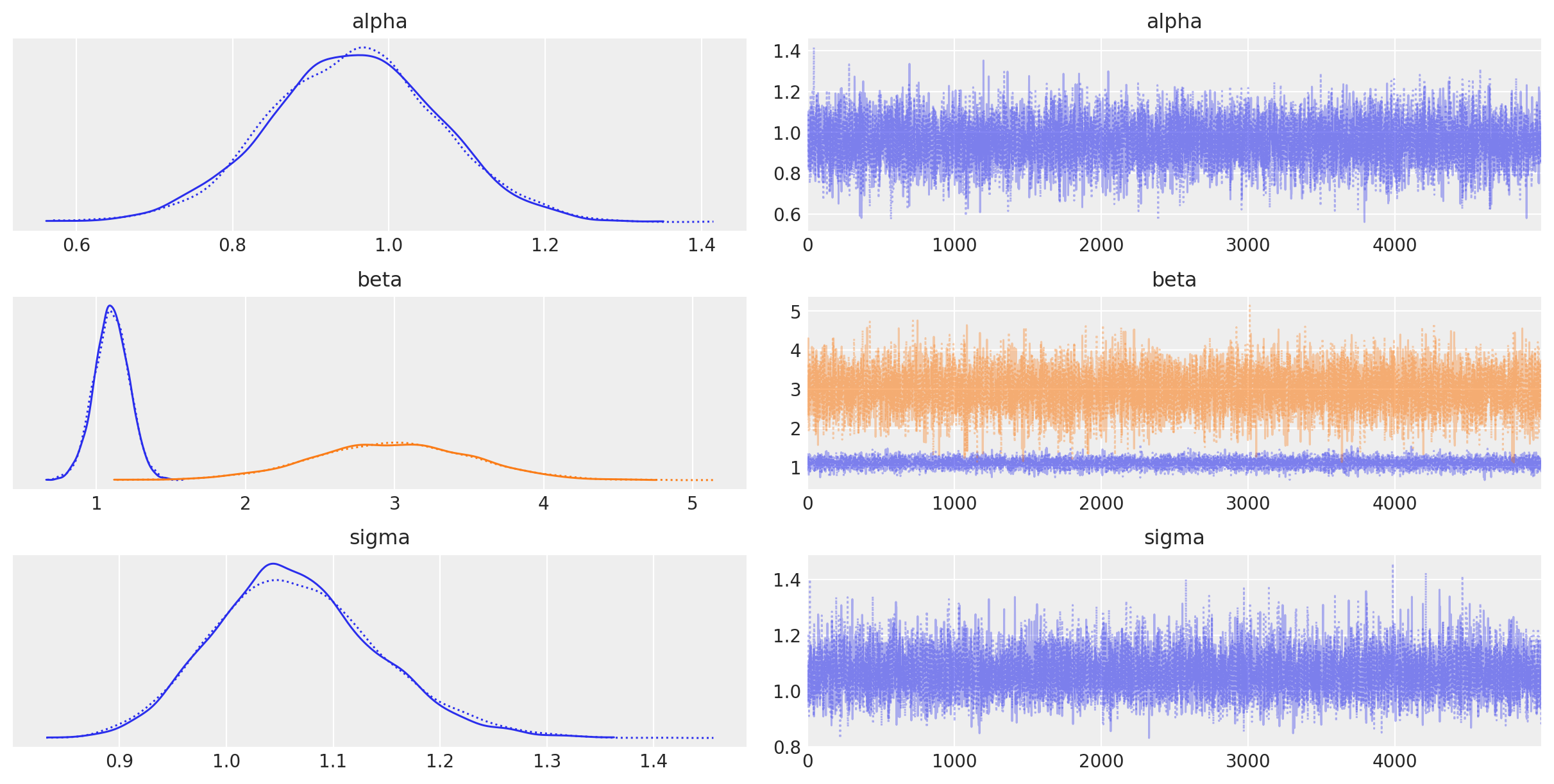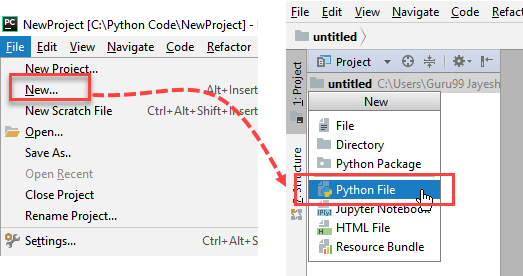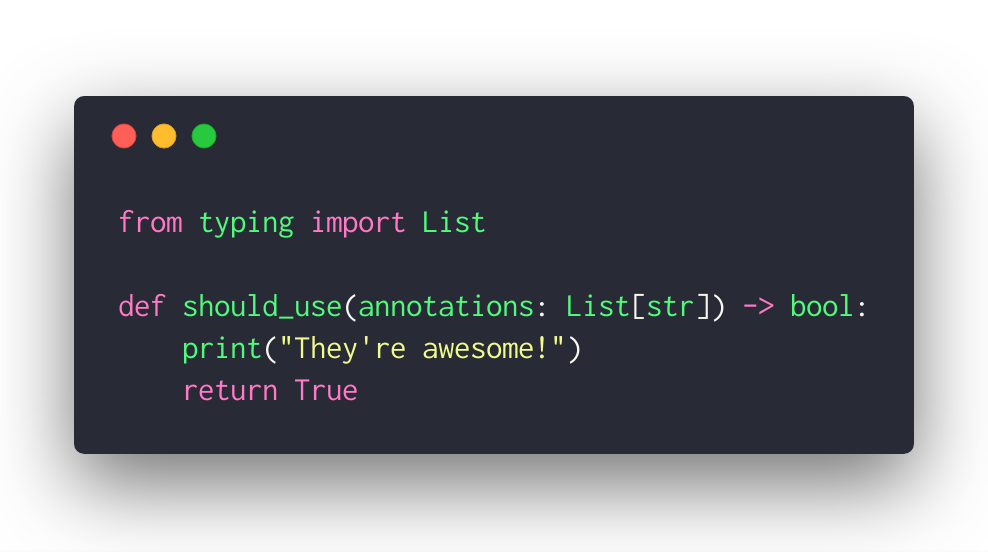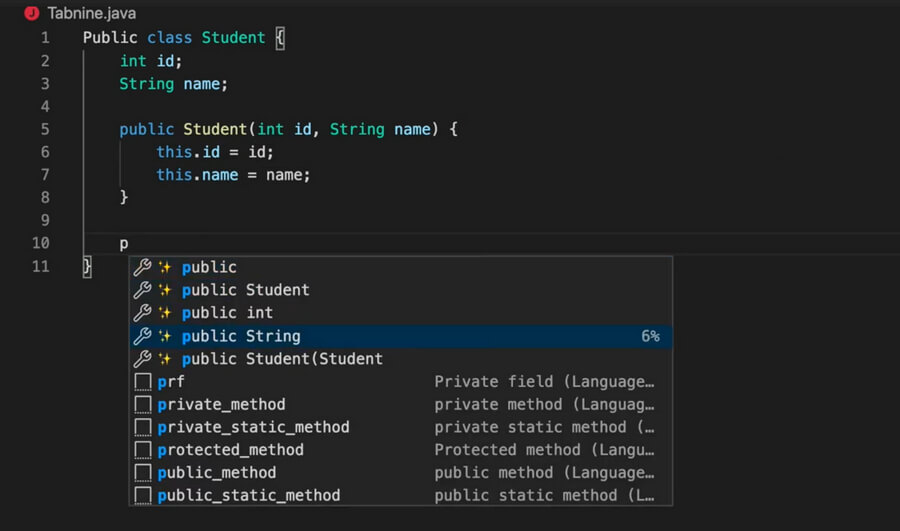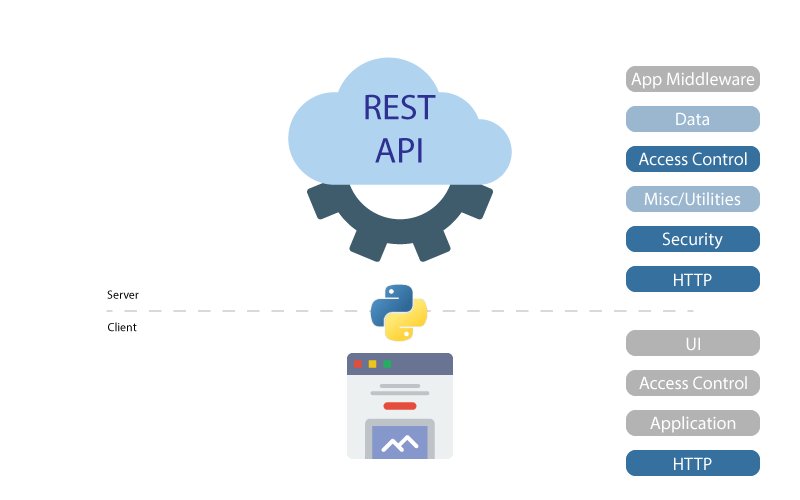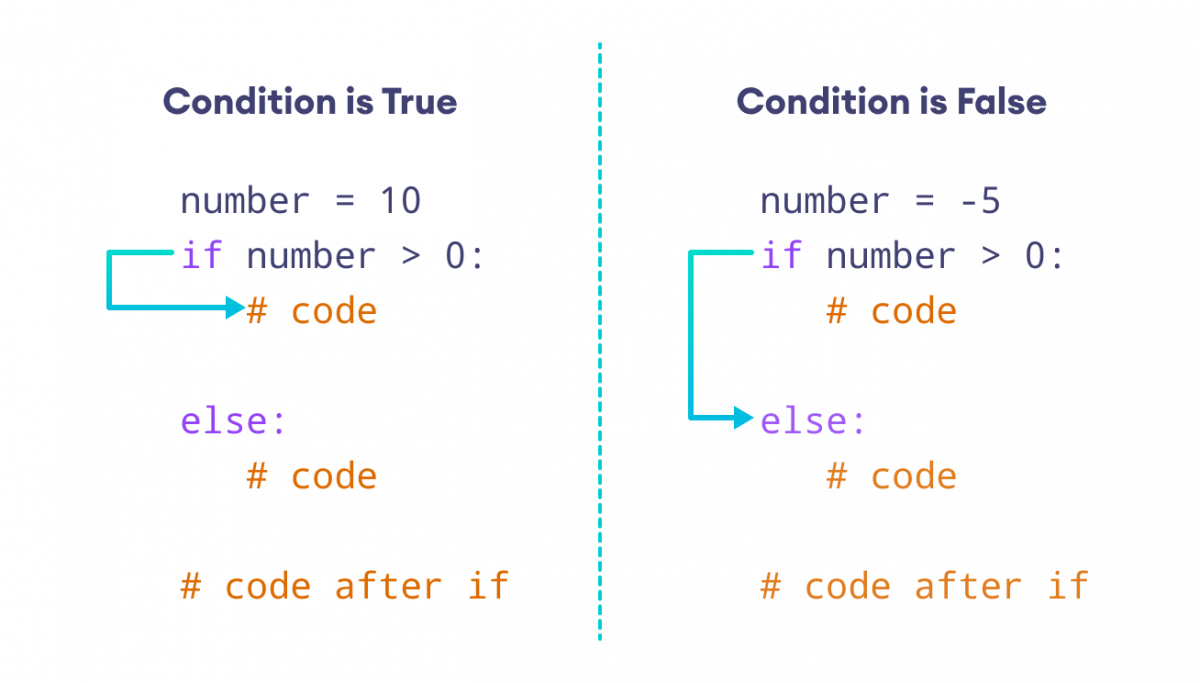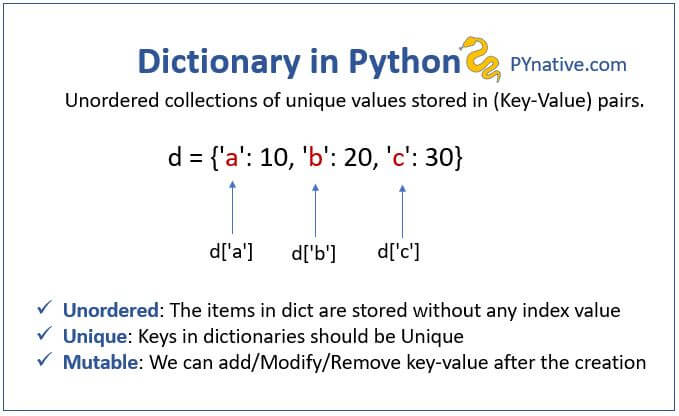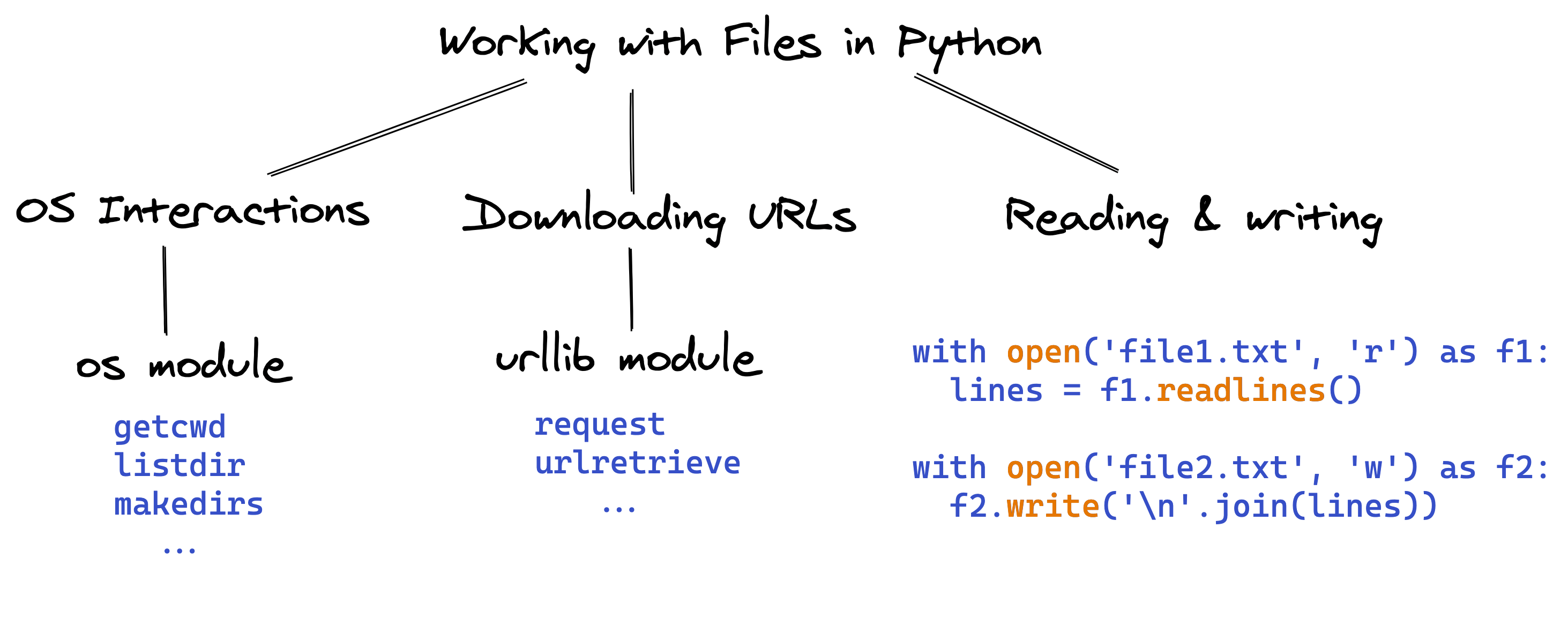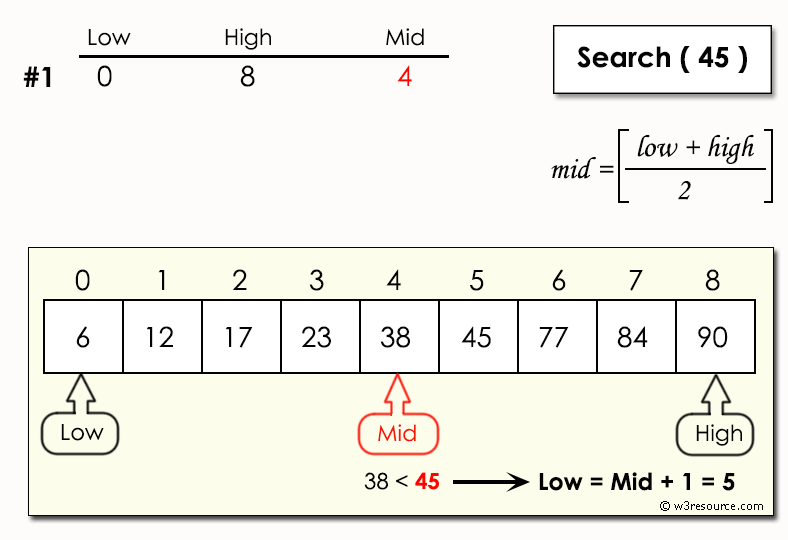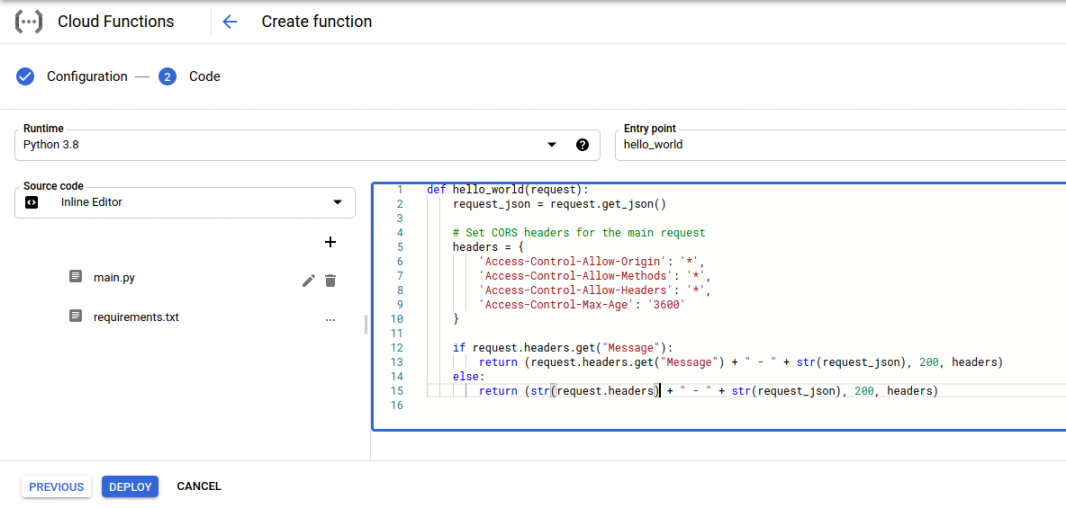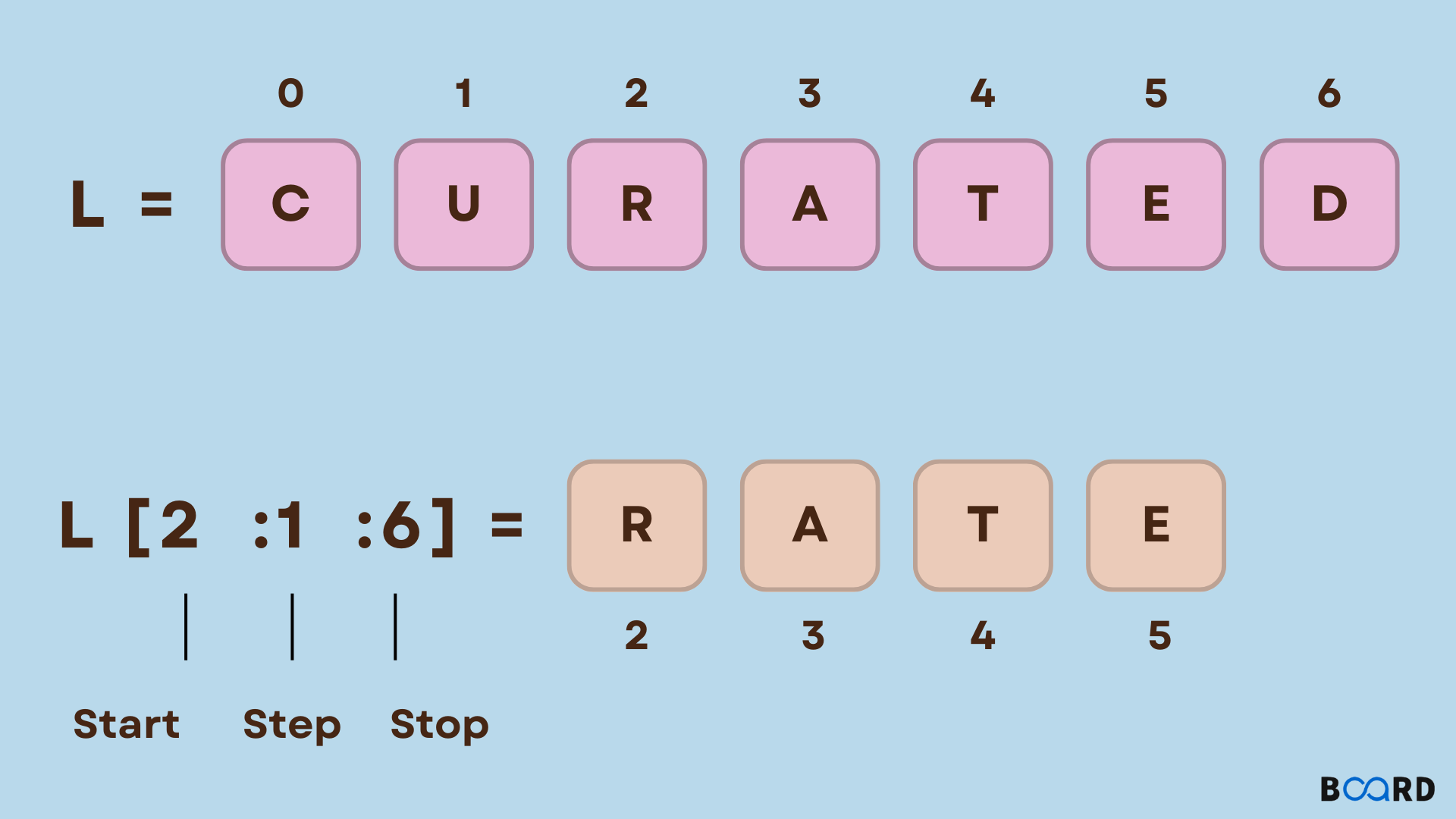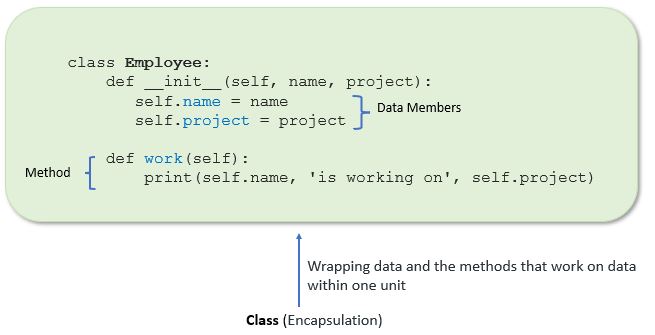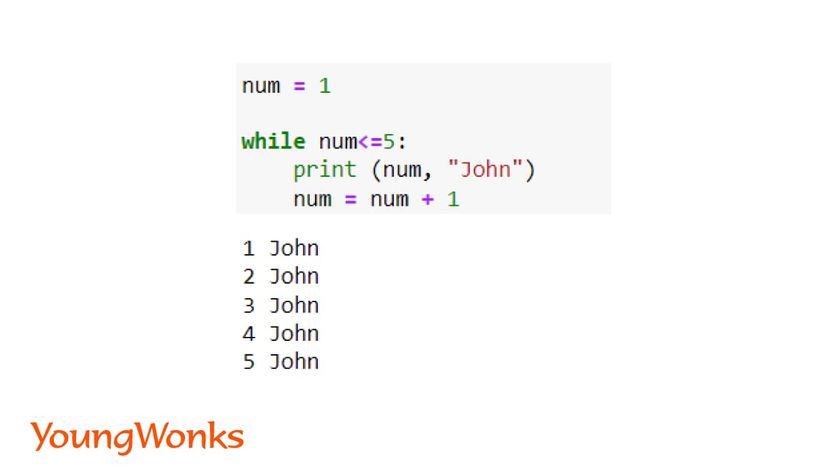Difference between list and tuple in python geeksforgeeks
Difference between list and tuple in python geeksforgeeks
Here is an explanation of the differences between lists and tuples in Python:
Python provides two types of data structures to store collections of items: lists and tuples. Both are sequences, which means that they maintain a certain order among their elements.
List:
A list in Python is a collection of items that can be of any data type including strings, integers, floats, and other lists. Lists are denoted by square brackets [] and use commas to separate the elements. The main characteristics of a list are as follows:
Tuple:
A tuple in Python is similar to a list but it is immutable. Tuples are denoted by parentheses () and use commas to separate the elements. The main characteristics of a tuple are as follows:
Key Differences:
Immutability: The most significant difference between a list and a tuple in Python is that lists are mutable while tuples are immutable. This means that you can modify a list after its creation, but a tuple remains the same. Sizability: Lists are dynamic, which means their size can be changed after their creation, while tuples are static, which means their size is determined at the time of their creation and cannot be changed later. Use Cases: Lists are often used when you need to store a collection of items that can change dynamically during the course of your program's execution. On the other hand, tuples are typically used when you need to store a collection of items that do not need to be modified after their creation. Memory Usage: Tuples generally use less memory than lists because they cannot be modified after their creation and therefore do not require the same level of memory allocation as lists.When to Use Lists:
You need to store a collection of items that can change dynamically during the course of your program's execution. You need to perform operations like inserting, deleting or modifying elements in the middle of the list.When to Use Tuples:
You need to store a collection of items that do not need to be modified after their creation. You are working with large datasets and memory efficiency is important. You need to use the tuple as a key in a dictionary or other data structure.In conclusion, while both lists and tuples can be used to store collections of items in Python, the choice between them depends on whether you need to modify the collection after its creation or not.
Difference between list and tuple in python with examples
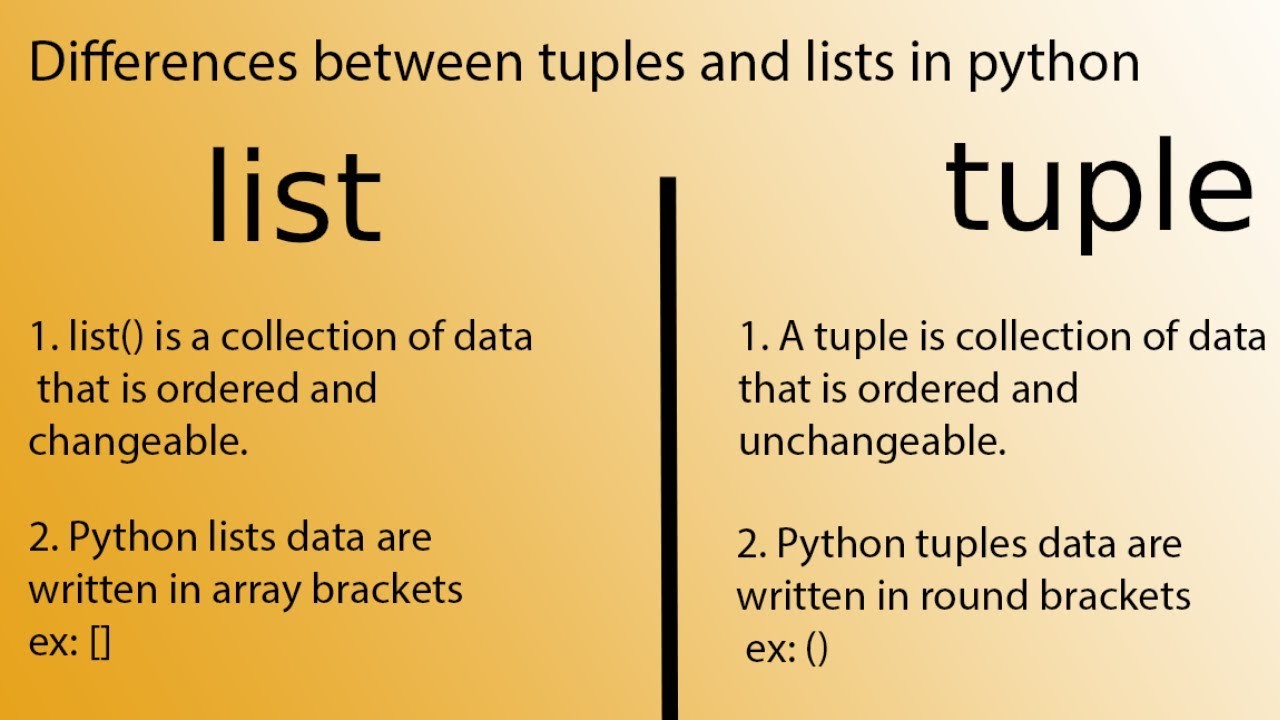
I'm happy to respond in English this one time!
In Python, list and tuple are two fundamental data structures that allow you to store collections of items. While they share some similarities, there are key differences between the two.
List (Mutable)
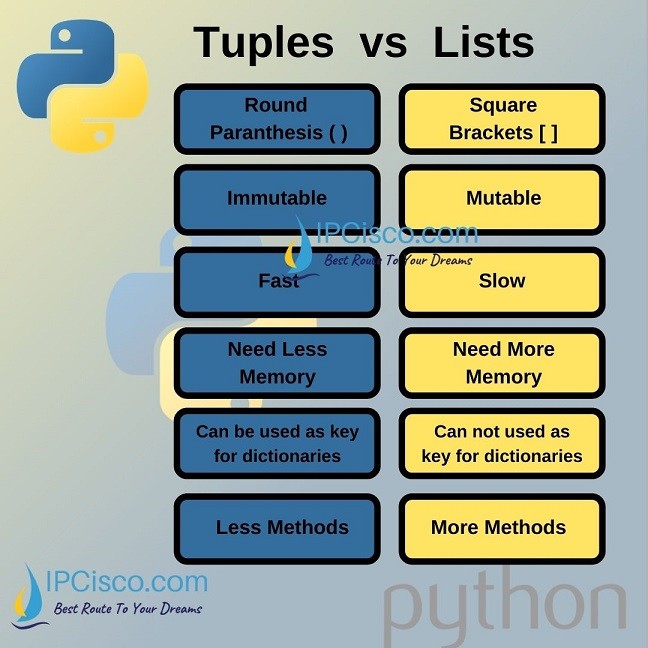
A list is a mutable sequence of objects, which means its contents can be modified after it's created. You can think of a list as an array in other languages, where elements can be added, removed, or changed. Here are some characteristics of lists:
Mutable: Lists can be modified. Ordered: Lists maintain the order of their elements. Indexed: Lists have indices that allow you to access specific elements. Dynamic: Lists can grow or shrink as elements are added or removed.Example:
my_list = [1, 2, 3]print(my_list) # Output: [1, 2, 3]
Modifying the listmy_list.append(4)
print(my_list) # Output: [1, 2, 3, 4]
Changing an elementmy_list[0] = 'a'
print(my_list) # Output: ['a', 2, 3, 4]
Tuple (Immutable)
A tuple is an immutable sequence of objects. Unlike lists, tuples cannot be modified after they're created. Tuples are similar to lists but have some key differences:
Immutable: Tuples cannot be changed. Ordered: Like lists, tuples maintain the order of their elements. Indexed: Tuples also have indices for accessing specific elements. Fixed size: Once created, a tuple's size remains constant.Example:
my_tuple = (1, 2, 3)print(my_tuple) # Output: (1, 2, 3)
Trying to modify the tuple will raise an errortry:
my_tuple.append(4)
except AttributeError:
print("Cannot modify a tuple!")
Tuples are immutable, so this attempt also failstry:
my_tuple[0] = 'a'
except TypeError:
print("Tuples cannot be modified!")
Key differences between lists and tuples:
Mutability: Lists are mutable, while tuples are immutable. Syntax: Lists use square brackets[], whereas tuples use parentheses ().
When to use each:
Use lists when you need a collection that can change dynamically. Use tuples when you require an immutable sequence for data that won't change.In conclusion, while both lists and tuples provide ways to store collections of objects in Python, they differ significantly in their mutability and usage scenarios. Understanding the characteristics of each is essential for choosing the right data structure for your programming needs.
